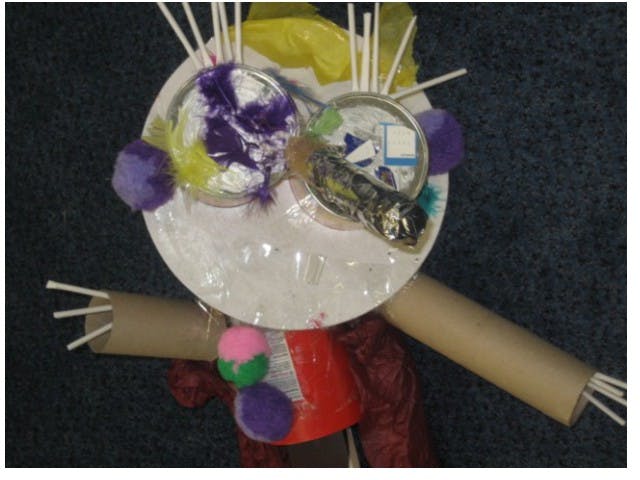Case Study: Using the game in primary school

Our latest blog post is by Corinne Clark, who teaches at a primary school near Melton Mowbray, UK. She has written about her experiences using Teach Your Monster to Read with her class.
I first introduced Teach Your Monster to Read to my class at the beginning of the school year. I initially showed it to them on the Interactive Whiteboard, we chose our monster together and played the 1st few levels. It was interesting that the children all joined in saying the sounds, and cheering when we won our prizes.
I then had to teach them individually to log on to their computers. I made a card for each child with the network password, website address and their own log on details on it. This means that I can prop their card on the computer and they know who is ‘playing’, and they are increasingly able to log on independently, with the more ICT literate helping the others.
I often set the children playing the game as morning work – the doors open at 8.45am, but Phonics starts at 9.15am, thus giving the children up to half an hour to play. It’s good reinforcement of the phonics, obviously, but it also helps improve their ICT skills. Occasionally, we will use it as independent work during Literacy, or have it available during play.
During our Phonics lessons, we have an orange monster puppet, ‘The Phoneme Monster’, who sounds out words, segmenting them or eating the appropriate graphemes (spitting out the incorrect ones). We also have another puppet, ‘The Word Bird’, who blends the sounds together again. They make quite a team, and the children love it!
I think my favourite thing about Teach Your Monster to Read is that it works! The children enjoy playing it, and it reinforces their learning.
I am hoping that, as well as doing a topic on Monsters in June, linking the idea of monsters making a range of real and unreal words, it will help prepare them for the Y1 Screening test. Time will tell!
The image above is of ‘Scary Larry’ – a monster created by a pupil at Corinne’s school.